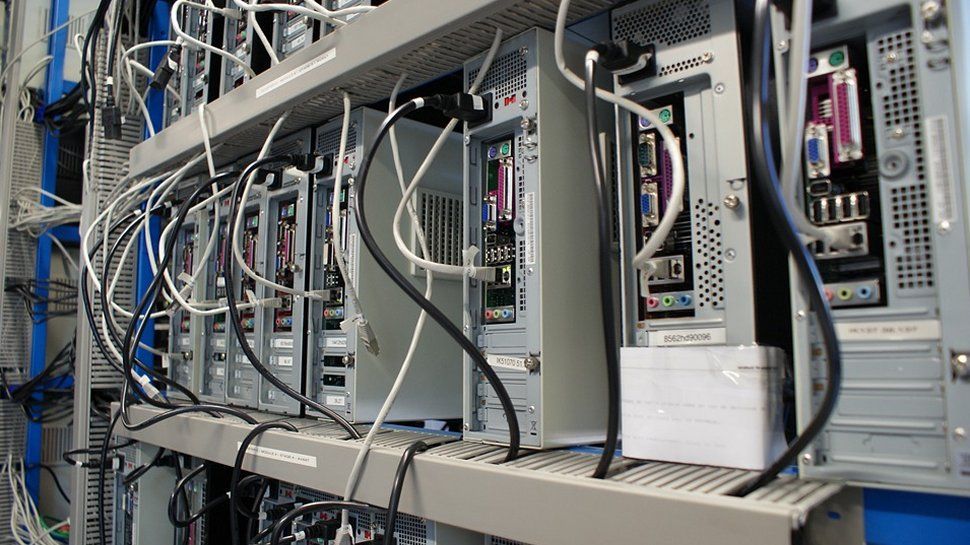The costs of IT downtime are impacting some of the world's largest businesses with significant knock-on effects and costly bills, new research from Splunk claims.
Their new report, 'The Hidden Costs of Downtime', estimates the annual cost of unplanned downtime for the “Global 2,000 Enterprises” – today's largest companies – at a staggering 400,000. millions of dollars.
The global top 2,000 companies could also be losing around 9% of their profits due to lost revenue, regulatory fines and missed SLA penalties, Splunk warned, highlighting the hidden costs of downtime, including reduced shareholder value, lower developer productivity, delayed time to market, and tarnished brand reputation.
IT Downtime Costs
The Splunk report added that downtime results in an average annual revenue loss of $49 million, $22 million in regulatory fines, and $16 million in missed SLA penalties.
With such staggeringly high costs associated with downtime, businesses need to invest more resources to eliminate or at least reduce the implications of such occurrences. Currently, the average recovery takes up to 75 days, or about two and a half months.
Fortunately, Splunk's report also highlights some key causes that contribute to organizational downtime, highlighting some first steps to consider. More than half (56%) are attributable to security breaches, such as phishing attacks, and another 44% come from application or infrastructure issues, such as software crashes.
With two in five (41%) technology executives admitting that customers were among the first to detect downtime, Splunk's analysis highlights the broader implications of network or software failures.
“Business disruption is inevitable. When digital systems fail unexpectedly, companies not only lose substantial revenue and risk facing regulatory fines, but they also lose customer trust and reputation,” said Gary Steele, president of marketing at Cisco and GM at Splunk.
Looking ahead, Splunk advises that companies invest more carefully in cybersecurity and observability tools, including generative AI capabilities.









